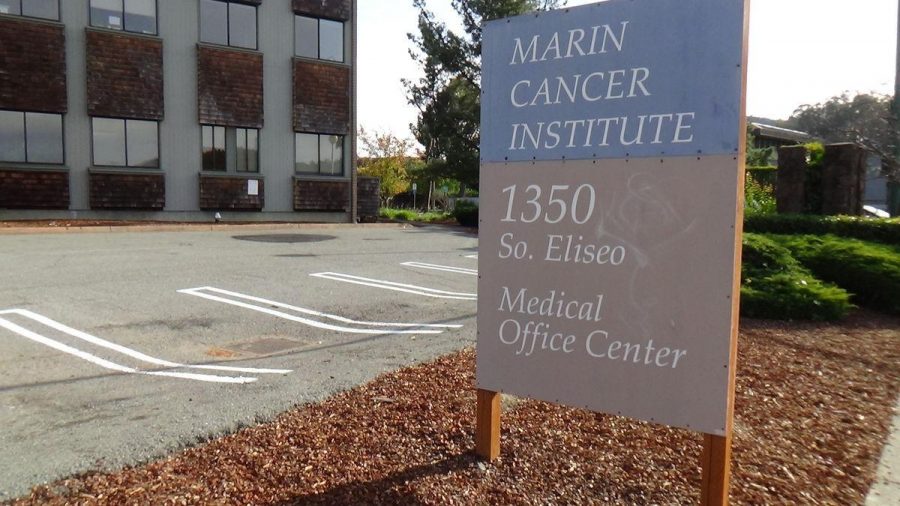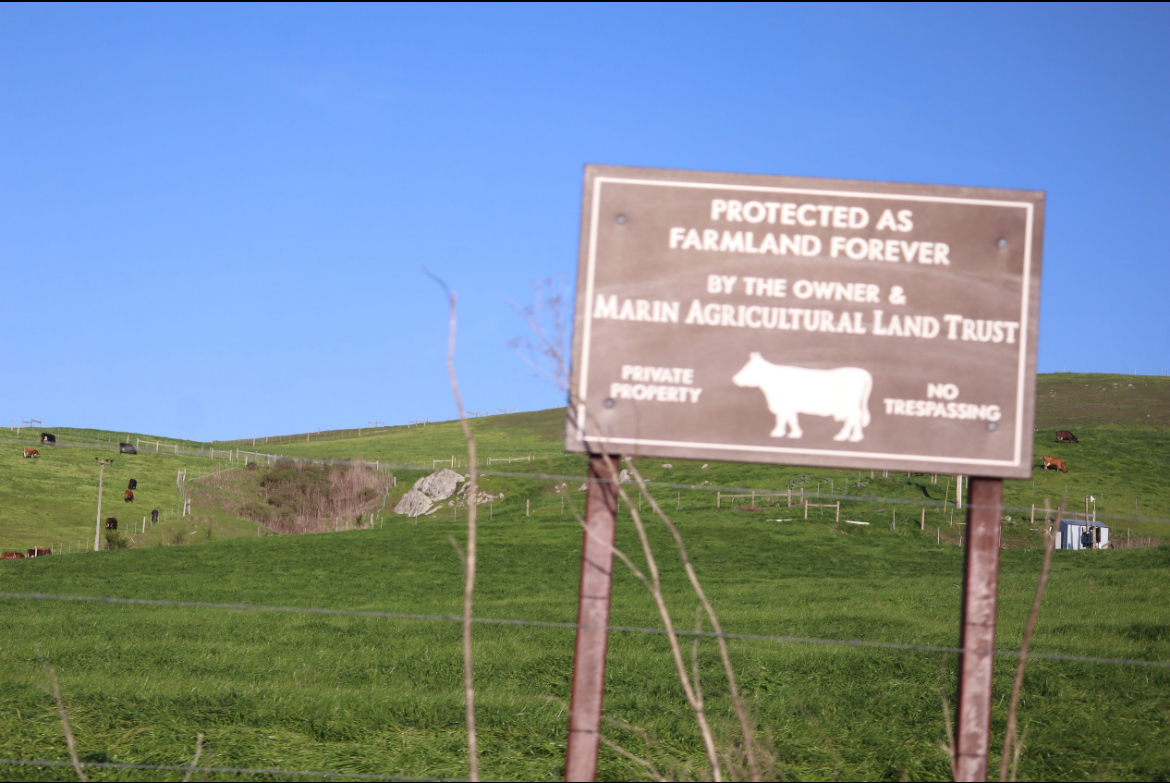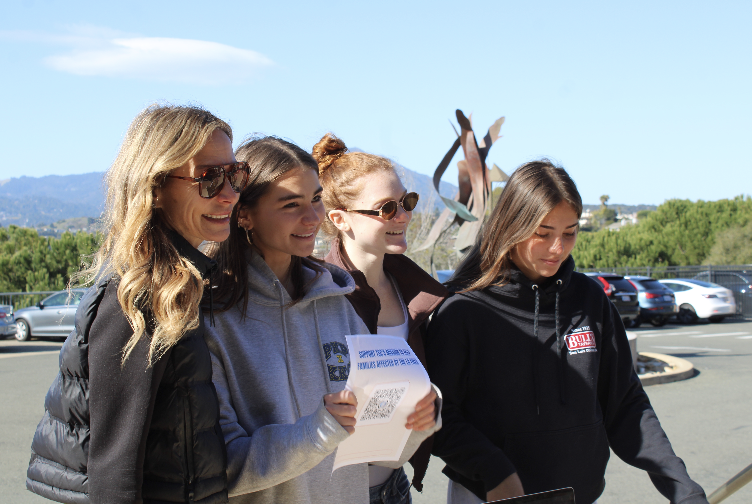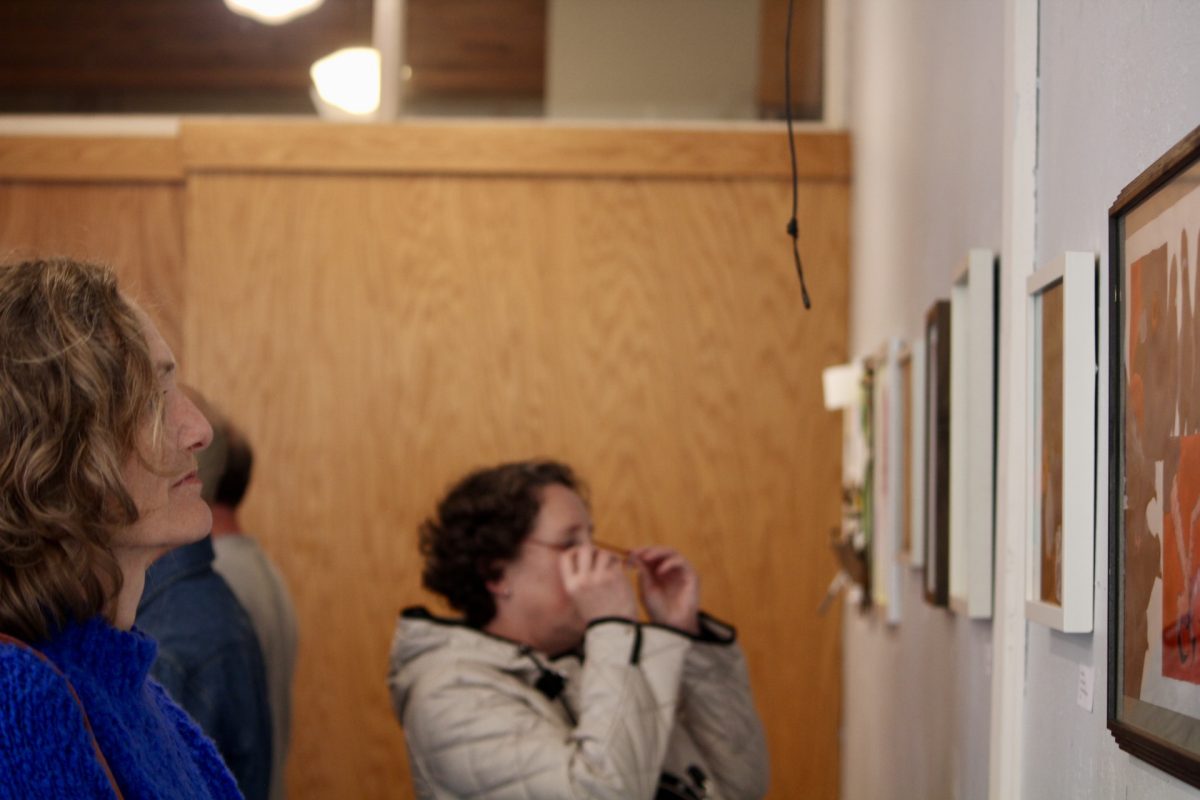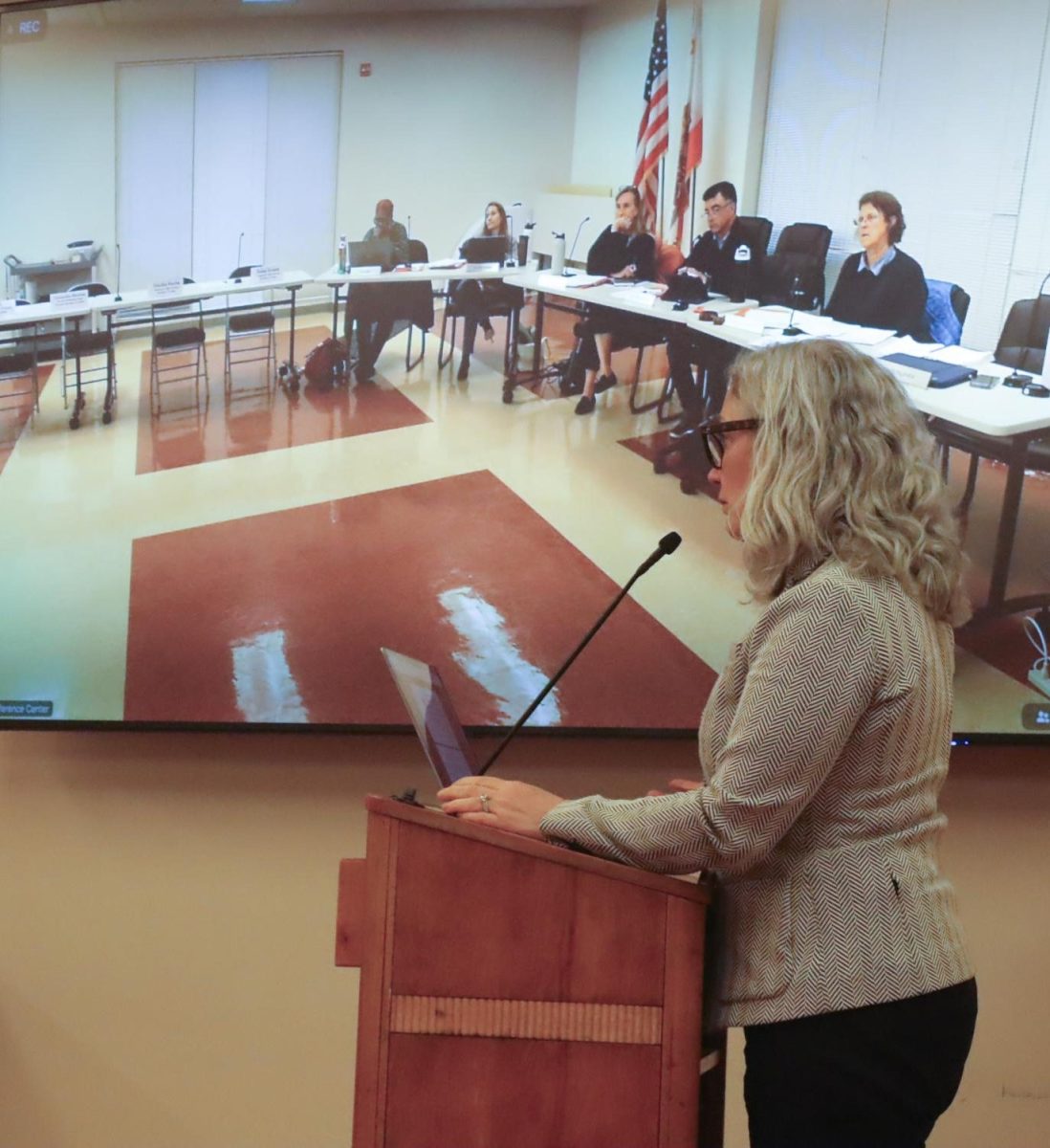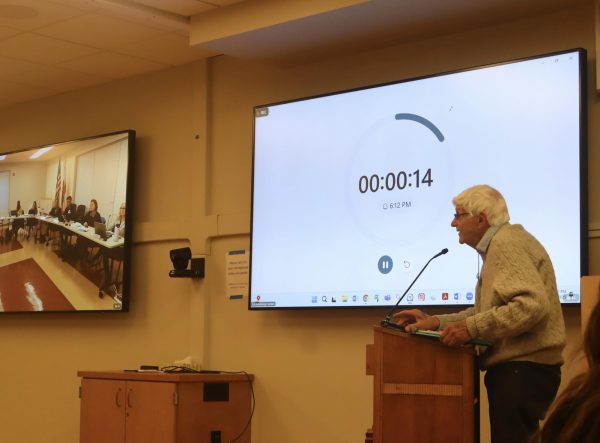Although Breast Cancer Awareness Month has come to an end, the Marin Women’s Study (MWS) is beginning to analyze data collected between 2006 and 2010 with hopes of understanding why Marin County has one of the highest breast cancer rates in the country.
According to Lee Ann Prebil, an epidemiologist for the MWS, Marin is still ten percent above the state average for breast cancer, and 20 percent above the national average. One-hundred and fifty-three out of 100,000 women in California suffer from breast cancer.
The dramatic increase of cancer rates in 2000 underscored the need for an in-depth study. The Women’s Health Initiative, established by the U.S. National Institutes of Health, found correlations between increases in breast cancer and the use of estrogen hormone therapy.
Breast cancer rates declined 33.4 percent between 2001 and 2004 once the relationship between estrogen hormone therapy and breast cancer was discovered. This correlation was reconfirmed in 2006 by MWS as well.
These revelations cumulatively led to the decrease in the usage of estrogen hormone therapy for breast cancer treatment from 21.2 percent in 1998 to almost seven percent in 2007.
“Traditionally there have been higher rates of breast cancer in Marin than the state. The decrease [in breast cancer rates] had at least something to do with the discontinuation of this therapy,” Prebil said.
Although breast cancer rates have decreased over the last five years, information is still being collected and analyzed by MWS on a yearly basis.
“[The research team] finds out if any of the women participating in the study are diagnosed with breast cancer,” Prebil said. “We also continue to get information on their breast density, which is measured at the time of a mammogram.”
According to a study by the National Cancer Institute, not getting enough exercise, drinking alcoholic beverages, being obese, being Caucasian, and taking estrogen can increase breast cancer risk.
Interim results of the MWS study also show that certain cultural and behavioral factors may affect breast cancer rates. According to Prebil, women in Marin are more likely to have certain factors that affect their chances of getting breast cancer.
Women in Marin tend to exercise and breastfeed more than average, which are both possible preventative factors according to Prebil. However, more women in Marin consume two or three glasses of alcoholic drinks on a daily basis and give birth at a later age to fewer children than in other counties. These two behaviors increase risk of breast cancer.
The Marin Women’s Study has 14,000 women participating as of 2012.
“Until we get [breast cancer cases] down to zero, we want to keep working on this and try to identify risk factors,” Prebil said. “This is why we initiated the study—to be able to really characterize the reasons for the increase in breast cancer incidence in Marin.”

